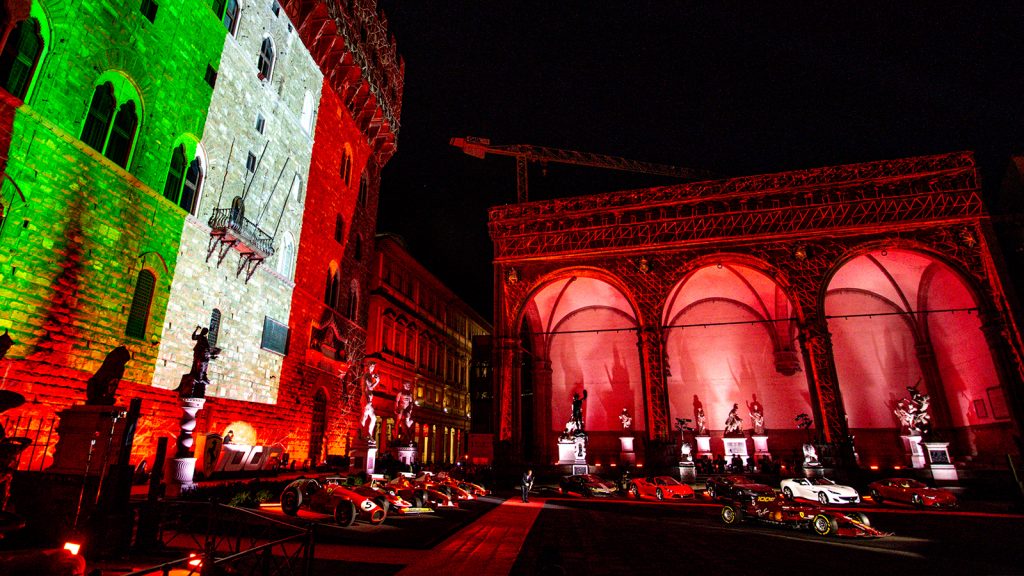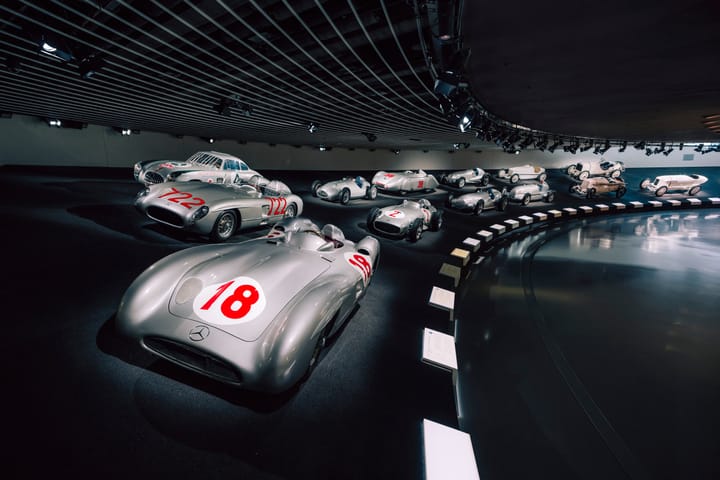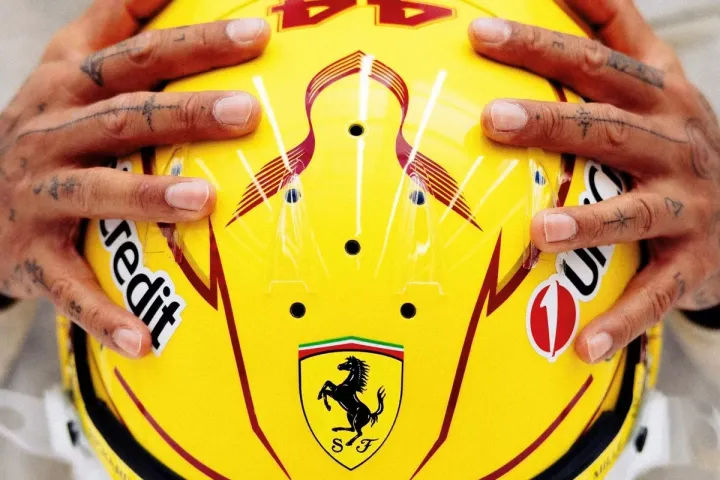Where Now For Ferrari
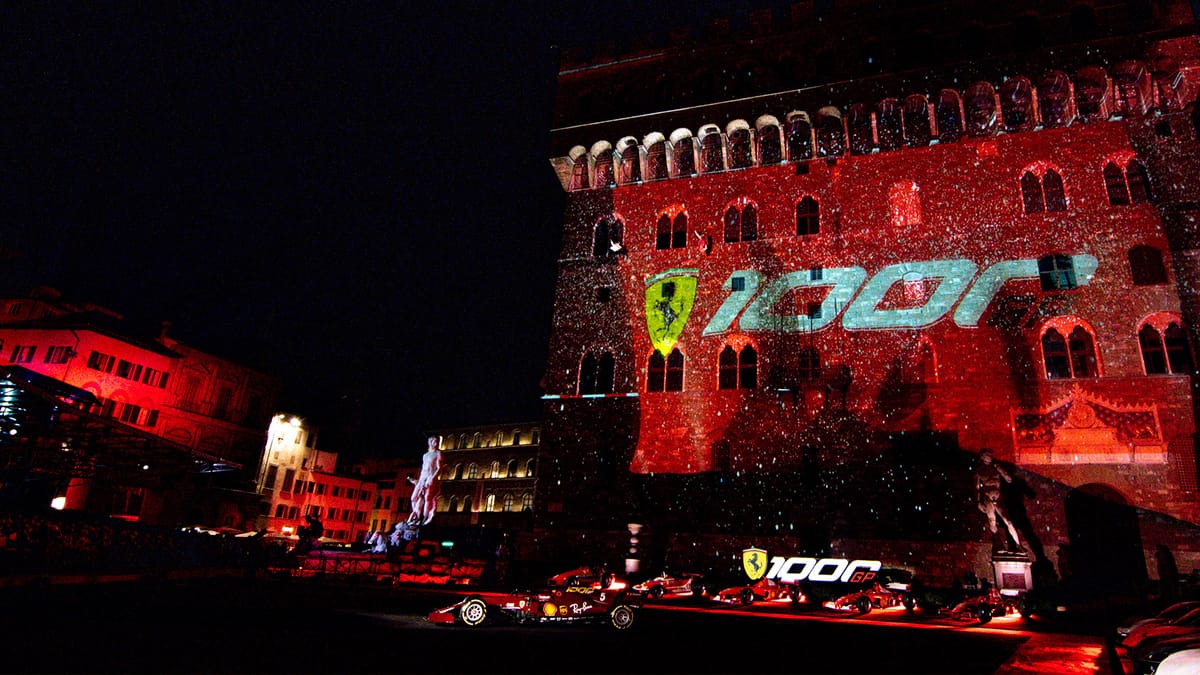
The giant celebrations for the 1000th grand prix in the history of Ferrari included a special event at the historic Piazza della Signoria in the Italian city of Florence.
It began with a speech by John Elkann, the chairman of Ferrari.
“Without a doubt the support the Scuderia gets from fans all around the world is truly special,” he said.
“Of course, now they are disappointed, and they let us know it. But it is them we think of first when we go racing, because, as our founder said, Ferrari is made first and foremost of this, of its people, and the fans are an integral part of the team.
“This has been a difficult season so far. But I know that we have the right people, in terms of skills, competence and passion that will allow us to win again.”
It was a speech that was not greatly surprising in the current situation because in recent times Ferrari has tried not to react in a knee-jerk fashion and fire people because things were not going well.
However, the current downward trend is a little different to normal – because it is not just the result of the design team not delivering the goods. Rather, it is down to the team’s entire engine-design strategy which seems to have been based on an interpretation of the flow-fuel rules, which served the team well in 2019 but which was rejected by the FIA at the end of last year.
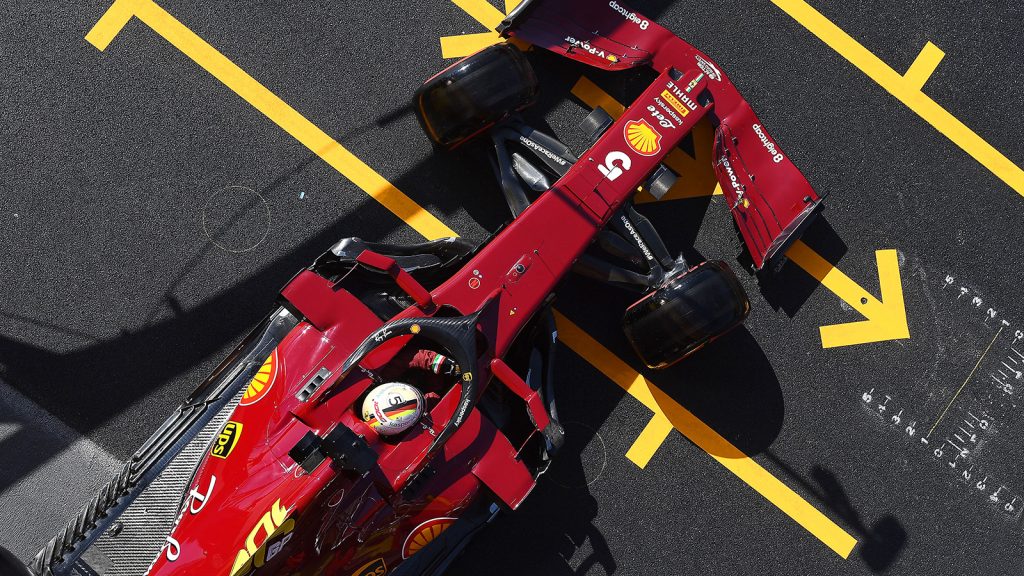
One can argue that, at the very least, there has been a major strategic error in putting all the eggs in one basket because without the fuel-flow strategy, around which the combustion engine was designed, the Ferrari power unit is not competitive.
Ferrari accepted the FIA’s rulings – one way or another – in a secret agreement with the federation earlier this year. Why this deal had to be a secret remains something of a mystery, despite vague explanations about intellectual property.
Given that the current car is off the pace it is hard to imagine why Ferrari thinks that there is much IP in its power unit design that others would want.
While it is sensible to try to maintain stability to build a successful team, it is probably worth asking the question as to why Ferrari has ended up in the mess in which it finds itself today and whether it is a good idea to keep the people who got the team into this situation.
“I have to say I have every confidence in Mattia Binotto and his team,” Ferrari CEO Louis Camilleri said in an interview with The New York Times.
“These things take time. Regretfully, in the past there has been too much pressure and a history of people being let go. There was somewhat of a revolving-door atmosphere, and I’m putting a stop to that.
“I want to ensure that stability remains in place, despite the unbelievable pressure there is on the team, particularly from the Italian media, who are quite brutal at times, calling for heads to roll – but that’s not the solution.”
He went on to say that this does not mean that it isn’t a good idea to add new people to the existing team, if they bring additional skills to the operation.
It is a sound argument in some respects but, for a team with virtually unlimited resources, the current level of performance is woeful and the team has already conceded that it probably won’t be challenging again until at least 2022.
Perhaps remarks to that effect were meant as ways to lower expectations and that the team hopes to be back at the front in 2021, but it could simply be the reality.
Some insiders at Ferrari say that the team is in a state of denial about the current mess and that things will not really change until someone faces up to the realities of the situation and makes decisions to make sure that this cannot happen again.
In the overall scheme of things, while Ferrari is a vital element in Formula 1, the sport doesn’t need the team to be competitive – although it is preferable for that to be the case, if the success is properly earned – and it seems from car sales that success or failure in F1 does not much impact on who buys Ferraris.
So perhaps it doesn’t matter so much…
